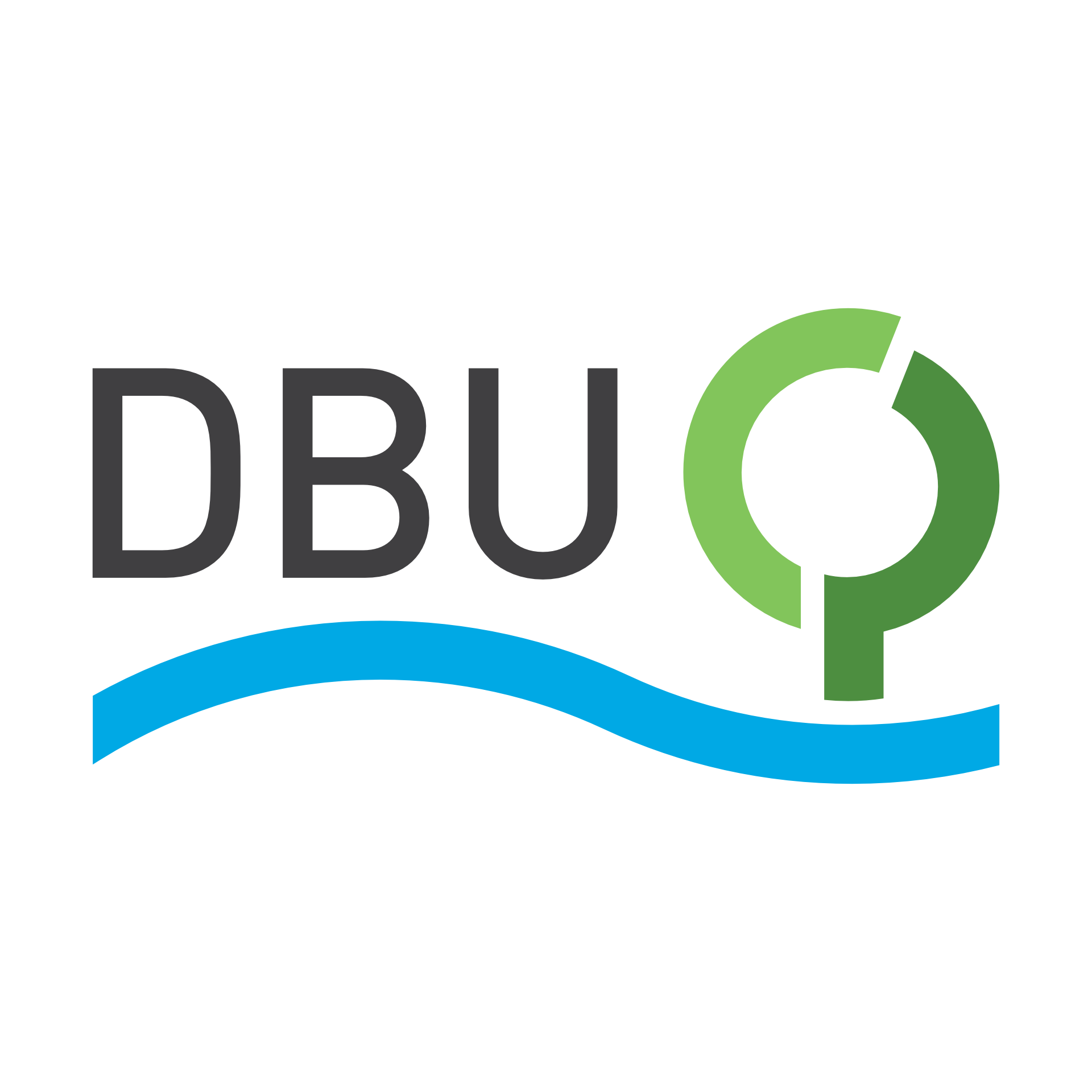SDG 05: Gender Equality

This Learning World focuses on understanding gender inequality, its implications and its intersectionality. The Learning World provides ideas and components that you can integrate into your teaching: An interactive boardstory with complementary exercises, a glossary with the most important terms of the Learning World, additional exercises to consolidate and further reflect on the contents of SDG 5 as well as examples of the connections between this SDG and others.
Boardstory for interactive learning
Educational Material
The Learning Objectives outline the key competencies students will develop by completing this Learning World. They also highlight connections to other topics, encouraging further exploration and discussion beyond this module.
Learning Objectives
Acquiring competencies for sustainable development is part of a lifelong learning process. The boardstory and exercises provided in this learning world initiate this process and help students gain knowledge, reflect and think critically, and take meaningful action. After completing this unit, it is recommended to foster the development of the desired competencies for sustainable development e.g. by teaching further learning worlds. Thus, expanding students’ skill sets further.
With this in mind, the learning objectives of this specific learning world first and foremost aim to develop a basic understanding of the respective SDG and related connections for students aged nine to eleven. Gaining and expanding competencies for sustainable development further is desirable, but can only be achieved through continuous immersion and persistence.
Following the interaction with this Learning World, the students will be able to:
recognize gender as a social and cultural construct, meaning that culture, norms and values are crucial in socially constructing roles of ‘feminine’ women and ‘masculine’ men, which then may differ depending on the place and time.
discuss power dynamics between women and men in play that shape the cultural and social construction of gender and create gender discrimination and oppression.
reflect on stereotypes and explain that they are the result of collective beliefs in typical ‘female’ and ‘male’ roles and behavior and either support or limit the ability of women and men to engage within their cultural context.
recognize that individuals can resist socially constructed roles.
explain that gender inequalities and discrimination can run through all areas of life, from private to systemic and structural interactions such as in institutions and decision-making positions.
describe that gender inequalities manifest themselves in different forms of discrimination and violence, e.g. bullying, denying participation, amplifying a lack of education, segregation in the labor market, poverty, and financial dependence; as well as restricting sexual and reproductive health and rights.
discuss how the promotion of gender equality is necessary to overcome unequal treatment, strengthening the basic human rights and participation of i.e. women, girls, transgender, intergender and non-binary people.
identify unequal treatment and discrimination in different contexts, recognize it as unfair, and realize that it is important to resist and stand up for oneself and others who are discriminated against because of their sex and/or gender identity.
claim that they have the right to make decisions about their own body and emphasize the importance of setting boundaries for their health and safety.
acknowledge and promote reproductive rights.
Connection to other SDGs
The 17 SDGs complement each other and should not be viewed in isolation. As such synergy effects can occur, for example an improvement in one of the SDGs can in turn have a positive effect on another. At the same time, prioritizing measures for one SDG can also lead to another goal being neglected. The following overview provides examples of connections between SDGs which can be used to open up new conversations and linking points to take the topic beyond this learning world.
Learning World
SDG 01: No Poverty
Learning World
SDG 02: Zero Hunger
Learning World
SDG 03: Good Health and Well-being
Learning World
SDG 04: Quality Education
Learning World
SDG 06: Clean Water and Sanitation
Learning World
SDG 08: Decent Work and Economic Growth
Learning World
SDG 10: Reduced Inequalities
Learning World
SDG 11: Sustainable Cities and Communities
Learning World
SDG 16: Peace, Justice and Strong Institutions
Learning World
SDG 17: Partnerships for the Goals
Learning World
SDG Dilemmas
Learning World
SDG Wedding Cake Model












 Before watching the boardstory for the first time, give the students a listening task: "What do you learn in the boardstory?" Possibly with the addition: "Remember at least three things."
Before watching the boardstory for the first time, give the students a listening task: "What do you learn in the boardstory?" Possibly with the addition: "Remember at least three things." Hand out the worksheets "EXPLORING THE BOARDSTORY" from the student workbook to engage the students in the content of the SDG 5 Boardstory.
Hand out the worksheets "EXPLORING THE BOARDSTORY" from the student workbook to engage the students in the content of the SDG 5 Boardstory. Let the students define their character(s) and what kind of injustice their character(s) encounter and try to deal with. This way, they can encompass possible coping mechanisms and actions that promote gender equality and empower others.
Let the students define their character(s) and what kind of injustice their character(s) encounter and try to deal with. This way, they can encompass possible coping mechanisms and actions that promote gender equality and empower others. Hand out the respective worksheet "CREATING A COMIC" from the workbook to your students to start their stories and drawings.
Hand out the respective worksheet "CREATING A COMIC" from the workbook to your students to start their stories and drawings.
